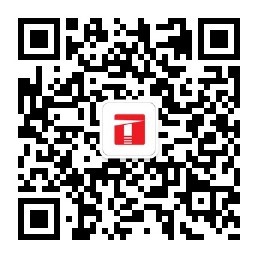Automotive CAN bus in car network design
The Automotive CAN Bus (Controller Area Network) was originally designed by German BOSCH for automotive monitoring and control systems. Modern vehicles are increasingly using electronic controls such as engine timing, fuel injection control, acceleration, brake control (ASC) and Complex Kang lock brake system (ABS) and so on. Since these controls need to detect and exchange a large amount of data, the method of using hard-wired signal lines is not only cumbersome and expensive, but also difficult to solve the problem, and the CAN bus side is well solved.
In 1993, CAN became the international standard ISO11898 (High Speed CAN) and ISO11519 (Low Speed CAN).
The vehicle is a special application environment. The CAN area bus (Controller Area Network) is widely used in the field of vehicle networks due to its non-destructive network arbitration mechanism, high communication rate (up to 1M bps) and flexible and reliable communication methods. Favored, more and more car manufacturers are using the CAN bus for automotive control, diagnostics and communications.
According to the design requirements, the system mainly completes the processing of the sensing signal and the data acquisition of the working condition of the vehicle and sends the data to the upper computer through the CAN bus. It is required to process 16 analog signals, 4 frequency signals and 32 extended IO signals, and collect parameters. Mainly: engine oil pressure, water temperature, oil temperature, speed, vehicle speed, transmission oil pressure, fuel tank oil and grid voltage, door status, turn signal indication, vehicle body super wide indication and vehicle environment warning, etc., signal form There are voltage, frequency, and switching signals, and the signal frequency ranges from 0 to 6KHZ.
The CAN bus communication interface integrates the physical layer and data link layer functions of the CAN protocol, and can complete the framing processing of communication data, including bit filling, data block coding, cyclic redundancy check, and priority discrimination.
One of the greatest features of the CAN protocol is the abolition of traditional station address coding and the replacement of communication data blocks. The advantage of this method is that the number of nodes in the network is theoretically unrestricted, and the identifier of the data block can be composed of 11-bit or 29-bit binary numbers, so that 2 or more different data blocks can be defined. By means of data block coding, different nodes can also receive the same data at the same time, which is very useful in distributed control systems. The data segment is up to 8 bytes long and meets the general requirements for control commands, operating conditions and test data in the general industrial field. At the same time, 8 bytes do not take up too long bus time, thus ensuring the real-time communication.
Single Frame (SF) - When the data field and PCI can be accommodated in one CAN data frame, the service message is sent in a single frame CAN message.
First Frame (FF) - When the data field and PCI cannot be accommodated in a CAN data frame, the service message is sent in a multi-frame CAN message, wherein the first frame (FF) includes, in addition to transmitting data, The length information of the multi-packet data.
Consecutive Frame (CF) - A continuous data frame other than the first frame in the multi-packet data. In addition to the transmitted data, it also contains the packet sequence number of the multi-packet data.
Flow Control (FC) - Used for flow control in multi-packet data transmission. It does not contain data. It only contains flow control information such as flow control status, data block size, and minimum interval time.
